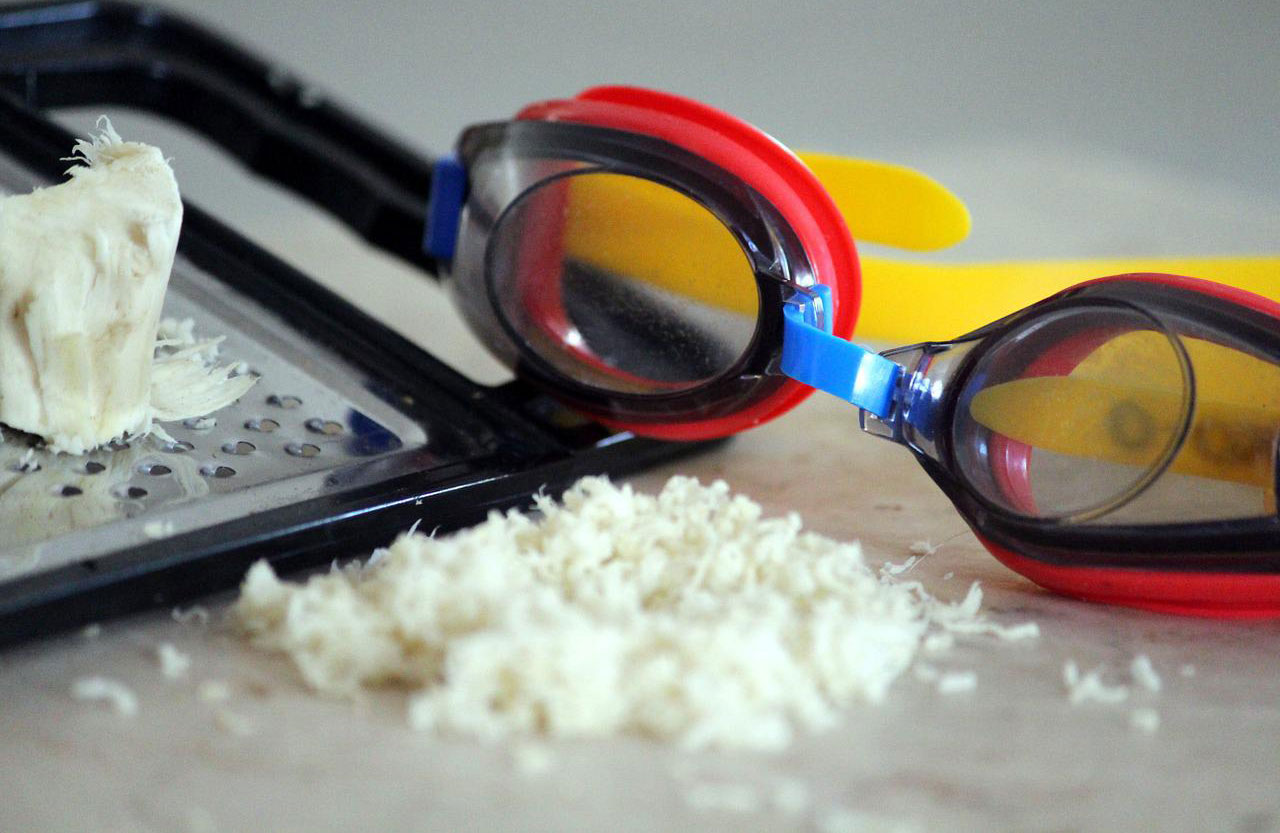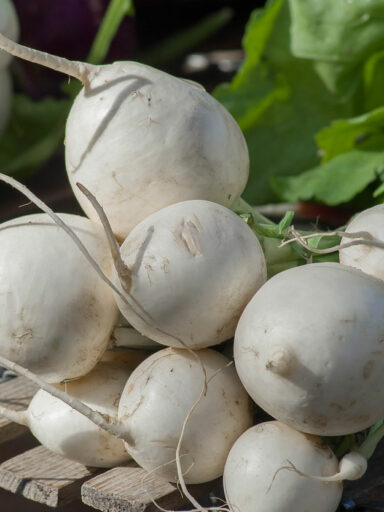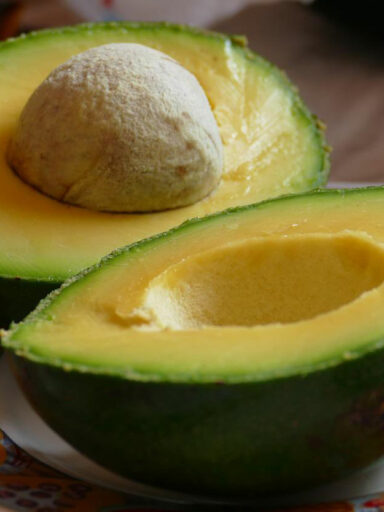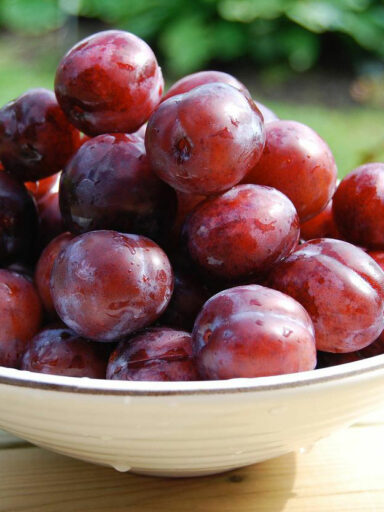Horseradish of the Brassicaceae family is a perennial crop native to Southeastern Europe and Western Asia and is a pungent root vegetable used as a spice.
It belongs to the same family of vegetables which includes broccoli, cabbage, kale, mustard, radish, and wasabi.
The plant which is consumed all around the world grows up to 1.5 meters tall and is cultivated primarily for its large, white, tapered root which is used as a condiment in culinary settings.
Its enzymes break down when cut, releasing mustard oil which irritates the mucous membranes and eyes.
Horseradish is harvested later in the year, usually when its leaves tend to be killed by frost. This is the best time to buy fresh roots.
When buying this condiment, look for hard roots. They should not show any signs of mold, bruising, or any soft areas. Green hues on the root are a sign that the contents may be bitter and therefore should also be avoided.
The larger, older roots should also be avoided as they tend to be fibrous and lack full flavor.
Commercially processed horseradish is available in stores throughout the year.
Once at home the root should be stored in a refrigerator in the vegetable section preferably wrapped in loose paper. This will allow it to keep for several months.
How to Prepare Horseradish Spice as a Condiment
The roots should be washed thoroughly in cool running water to remove any dirt and soil particles. It should then be dried with a cloth or paper towel.
Next, you should cut the amount you need enough for a day or two at most. Return the rest to the refrigerator and store it as mentioned above.
The freshly grated radish mash should be used immediately and/or preserved in vinegar for the best flavor. It also prevents it from turning dark.
Once exposed to air or heat it will begin to lose its pungency, darken in color, and become bitter in taste over a short period of time. It is therefore important to grate as the last step before serving.
Horseradish can be added to vinegarette, or cream to make a sauce which can be added to salad preparations, meats, poultry, fish, seafood, and other dishes as a garnish.
Nutritional Benefits
Horseradish contains good amounts of dietary fiber, vitamins, minerals, and antioxidants. It is low in fats and oils and contains just 48 calories per 100 grams and no cholesterol.
It contains some amounts of various vitamins. Most notably it is a good source of the B-complex vitamin, folates. It also has decent amounts of pyridoxine.
Fewer amounts of niacin, pantothenic acid, and riboflavin can also be found in this spice vegetable.
It is also a rich source of vitamin C. It contains large amounts of sodium. This crop is a decent source of potassium, calcium, and copper.
It also contains good amounts of iron, magnesium, manganese, phosphorus, and zinc.



